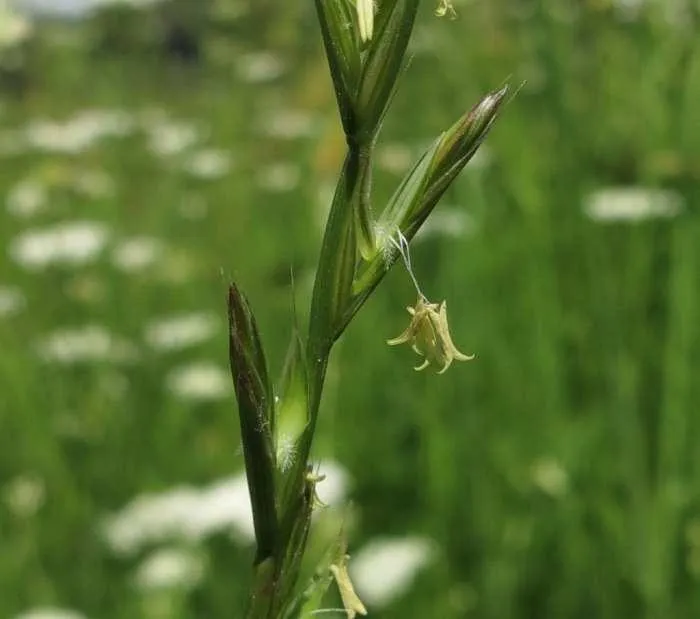
Grass species
Unless you've deliberately set out to study them, grasses are just grass to most of us. But what sort of grass? In my childhood, the most important difference between lawns on which I ran and played was whether or not there were prickles, either thistles or Onehunga weed, neither of which are grass. There were soft, cool, green lawns and thick, staunch, pale Kikuyu lawns, cut low and surviving hot, dry summers.
Spring and early summer provide the best opportunity to see what species of grasses you have growing in and around your pastures because it is then the plant's flower. As growers of grass for animals, the early flowering of grasses signals a drop in pasture quality as the plants put their energy into sexual reproduction, rather than the production of leaf matter which feeds our animals best.
My first surprise was the discovery that what I had always assumed were grass flowers and seeds of the same plant were actually the flower spikes of two different species altogether. Flowers and the seed capsules they turn into look much the same in the pasture as they mature unless you get down and look closely at them.
Some do look like you'd expect a grass flower to look, like the little Poa annua, a weedy invader of most pastures and lawns;
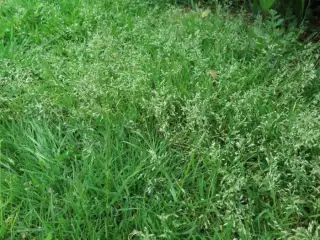
others like many of the rye species, look like they're just green seeds. Most though, if you have very good eyes or a magnifying glass, at some stage hang all their sexy bits out in the breeze when they're in flower, spreading and catching pollen on the wind.
Pictured below are the spikelets of an Italian Rye plant, with a couple of feathery stigmata (plural of stigma) and three pollen-producing anthers hanging on filaments.
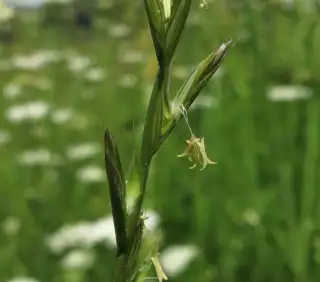
Paspallum, early in its flowering, is fascinating up close.
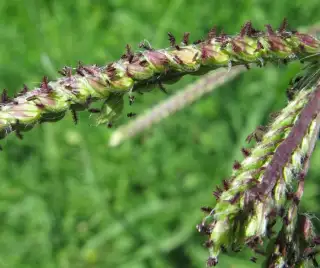
Sweet Vernal, another grass actively flowering in early December this year.
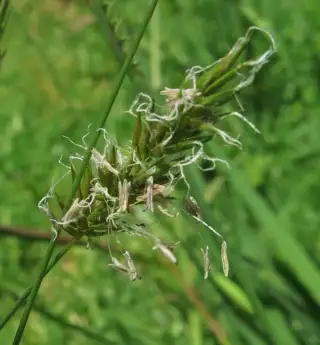
Over a series of short articles on grasses, I will explore some of the species I find in my pastures and waste areas. I hope also to use and become familiar with some of the technical names of the parts of the plants. I welcome discussion, questions, and correction if I go astray in identification at any time. Hopefully, most of the grasses I discuss will be those found throughout the country although there will be some we won't all share.
My primary reference is a lovely book received as a recent Birthday present, An Illustrated Guide to Common Grasses, Sedges and Rushes of New Zealand by Paul Champion, Trevor James, Ian Popay, and Kerry Ford, published in 2012 by the New Zealand Plant Protection Society.

